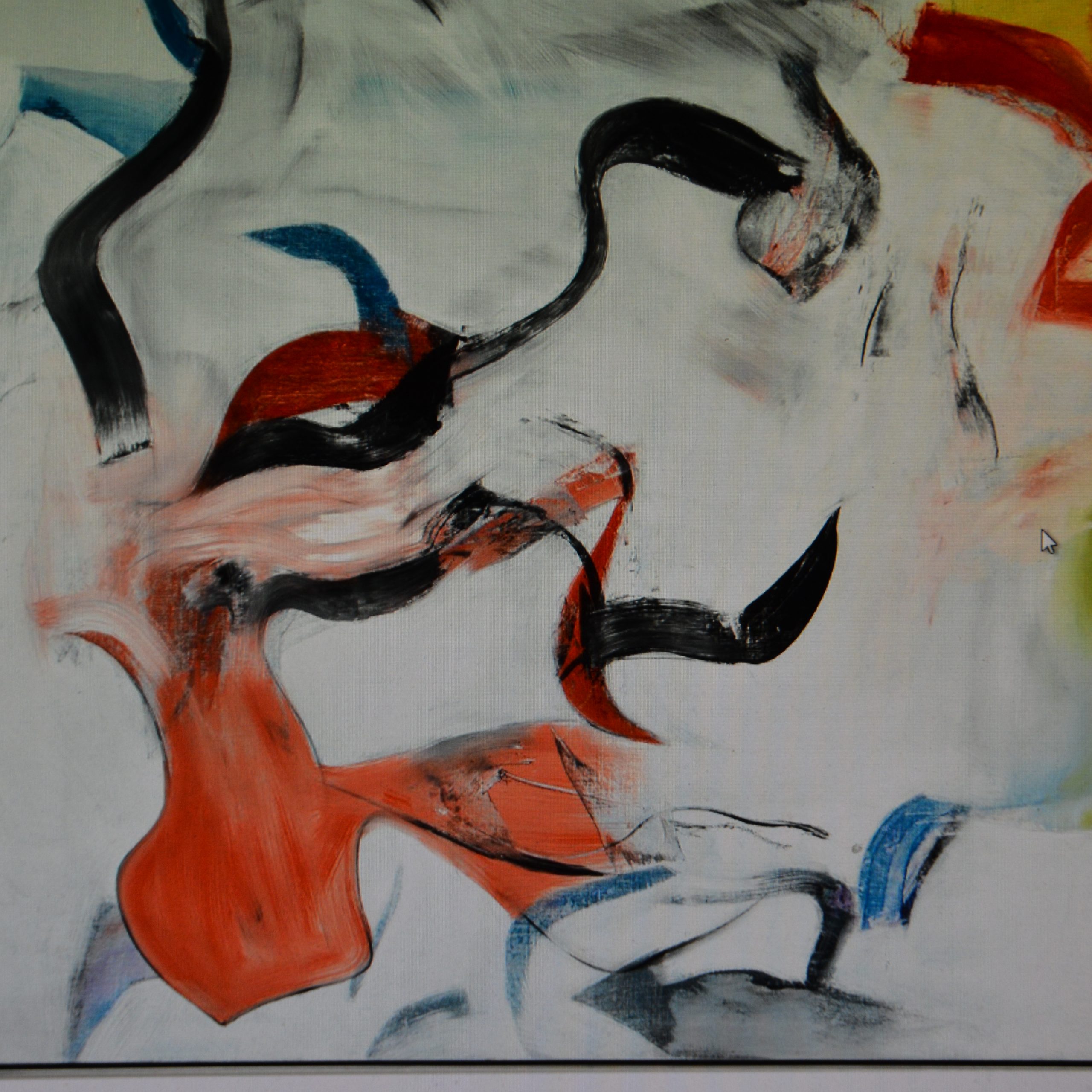One wonders if there is any way to age with grace. After all, old age brings wrinkles, loose skin, flabbiness, pains of all sorts, limps, doctor visits and the ever mounting fear of the Grim Reaper. These traits do not conjure up grace. And in this great culture of narcissism and image, aging is the great dread and youthful zeal is the only ideal state.
I have noticed that over the last 20 years, as I waltzed past the age of 50, I have become increasingly invisible to those of the opposite sex. It’s all very sad. And this abhorrence to the aged is extreme in America, a young nation without any sense of history at all and if there is no history to dwell upon, why bother listening to us older folks.
If one looks for older role models in order to learn a few things about aging, you will look long and hard before coming up with someone. George Clooney and Brad Pitt are too young to emulate. Peter O’Toole seemed to age gracefully, but I’m not sure if he’s dead or alive at this point.
And if you’re an older woman, Jennifer Aniston and Keira Knightly are too young to look up to and iconic beauties such as Audrey Hepburn and Jackie Kennedy have both passed away and seem to be from a different era. The days of Camelot are long gone and now women are left with the likes of Lady Gaga to aspire toward. Lordy lordy what to do, what to do?
Well, for my money there is at least one older man who aged with grace, luminosity and radiance and he lived right here on Long Island. His name was Willem de Kooning. He was a Dutch-American abstract expressionist painter who became famous for painting those monstrous images of women in the 1950s and he was the guy who used Pepto Bismol pink in his paintings as well. He made his mark during the ’50s along with Jackson Pollack, Franz Kline and Mark Rothko as part of a group that put American art on the map.
He was young and reckless in his 50s and led a more or less decadent Bohemian life of boozing around, womanizing and painting up a storm. But as his contemporaries passed away, thanks to depression and alcohol abuse, somehow he wised up and fled to the East End of Long Island and sobered up. He began to lead a quieter life in East Hampton and as he entered his 70s a remarkable change occurred in his painting. His explosive, chaotic and disturbing canvases of Women I, II and III painted when he was 50 gave way to a far simpler style described as “radiant, sensuous, calm, flowing, luminescent and astounding.”
Some art critics have said that no paintings exist that can compare to them. When one goes up for sale at Sotheby’s, it will often sell for about $20 million.
I can recall seeing one de Kooning show of these later works and I still remember the impact they had upon me. Absolute awesome beauty and lyricism. It was almost as if they were music and making sounds as you looked at them. And this was work from a man who was in his late 70s. Some said his memory was failing, but what I saw in those paintings was a man who was able to cut through all the noise and find out what is important to see. He may have already been in the early stages of Alzheimer’s when he painted these, but it was obvious he had lost none of his painterly skills.
This was one of the best examples I could find of a man who had figured out a way to age gracefully. So, you see, all you need to do to find grace in old age is to become a painter, give up drinking and move to East Hampton.
Of course, the chances of us doing those three things is highly unlikely. However one can take great solace in the fact that de Kooning’s late works offer proof positive that those past 50, 60 and even 70 are still able to produce works of beauty and lyricism. And you do not have to be a painter to produce beauty and goodness and truth. Maybe you are able to grow a perfect garden or cook perfect meals or tell a perfect story. I think that in some ways the older people get the more gifted they become.
As he grew older Willem de Kooning said: “There is a time where you just take a walk and you wind up walking in your own landscape…it all has an innocence that is kind of a grand feeling, maybe the feeling that old man Monet had when he walked through his gardens.”
De Kooning achieved what critics called a mature innocence and an unselfconscious grandeur and grace. But if you ask me, I think many folks who get past the ripe old age of 70 share in this kind of mature innocence. The price you pay for aging is that you suffer with pain and loss and lots of anxiety, but I think nearly every older person has ownership of a deep wisdom which allows for an appreciation of what life has to offer. The older ones among us rarely waste a day or even an hour. We all know how limited life is.
And to see an example of a man who aged gracefully and told us secrets worth knowing make your way to MoMA in Manhattan, plunk yourself in front of one of de Kooning’s later works and gaze upon the product of a man who aged with lyrical grace.




